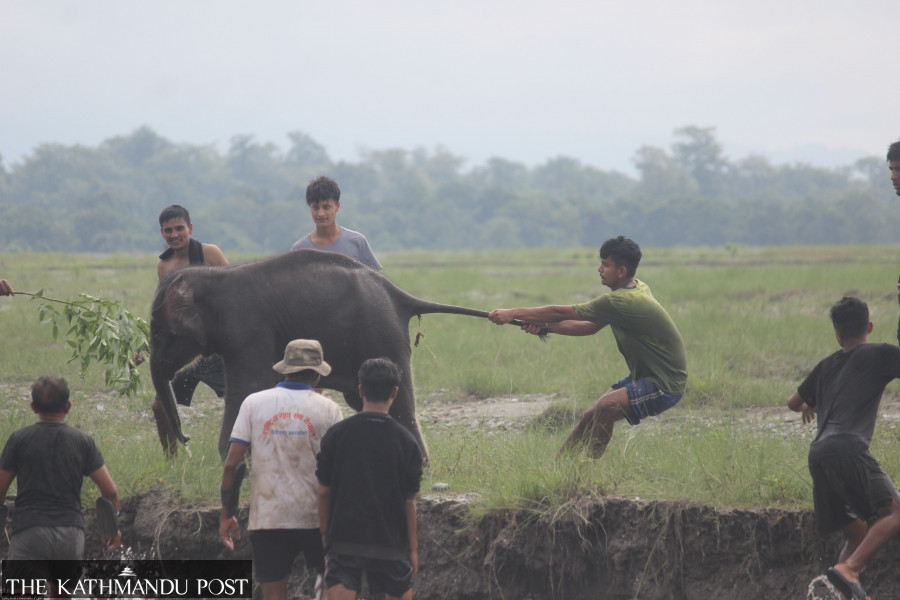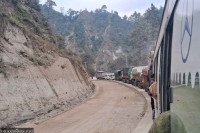Editorial
Wild ideas
The most effective way to minimise human-animal conflict is to involve locals in conservation and animal-control efforts.
Nepal is internationally lauded for its success in increasing forest cover and its achievement in wildlife conservation. According to the 2018 study of the Department of Forest Research and Survey, forest covers 44.74 percent of Nepal’s total area. With the expansion of forest area, the number of wild animals has also seen a sharp rise. As per the Department of National Parks and Wildlife Conservation, there were 121 tigers in Nepal in 2009. The number has almost tripled to 355, according to the tiger census 2022. Similarly, the rhino population has increased significantly. The national rhino census 2021 shows Nepal is home to 752 one-horned rhinos, with Chitwan National Park alone hosting 694 of them. The country’s rhino population stood at 645 in 2015, with 605 rhinos counted in Chitwan alone. This has significantly helped Nepal’s wildlife tourism and environmental protection.
But there is also the other side of the coin. Nepal has seen a sharp rise in incidents of human-wildlife conflicts. Many people die in the attacks of predators such as tigers, rhinos and bears when they go to forests to collect fodders, firewood, graze cattle and even when they go near forest areas to answer nature's calls. For instance, at least 28 people from Ayodhyapuri, a village with around 2,500 households, have been killed in the past 22 years. At least 46 people from the same village were injured in wild animals’ attacks during the same period, say members of Ayodhyapuri Buffer Zone Consumer Committee. There are frequent reports of tigers mauling people to death. In Chitwan, a total of 12 people were killed in tiger attacks in a period of 11 months in 2022. The trend shows no sign of reversing.
It has become urgent to minimise human-wildlife conflict and save people’s lives. Besides causing human casualties, people living near national parks and other forest areas have suffered losses of their cattle, crops and other properties in the attacks of wild animals. While initiatives to compensate the people are obviously needed, priority should be on preventive measures. Certain incidents also underscore the need for effective awareness programmes to sensitise locals about how to coexist with wild animals. Take the 2022 incident from Mechinagar Municipality in Jhapa when residents physically abused an elephant calf separated from its herd. Likewise, video clips showing people dancing near elephants in Chitwan went viral recently. Such incidents underscore the lack of awareness.
To minimise human-wildlife conflict, a number of things need to be considered. In many cases, animals from the wild arrive in human settlement in search of prey. So, experts say those working in conservation also should think about balance in the number of predators and their prey, ensure availability of food and water as well as sufficient area for them to roam around. In some cases, the animals are diverted to human settlements when their movement is blocked by roads and other infrastructure. So, while building such infrastructures, the arrangement of crossings through subways or other passages would help avoid conflict.
Experts point to the effectiveness of solutions based on local reality. They say there is no one-size-fit-all formula. A WWF study on “Solutions for reducing the human, economic and conservation costs of human wildlife conflict” also suggests “practical field-based solutions”. Other studies show that a method successful in Chitwan was ineffective in Bardiya and vice versa. As with other collaborative tasks, active involvement of grassroots communities and local governments can be effective here as well.




 6.84°C Kathmandu
6.84°C Kathmandu














